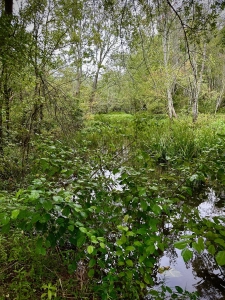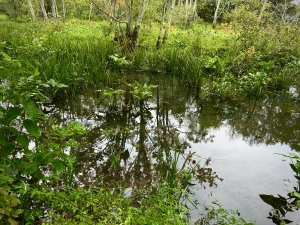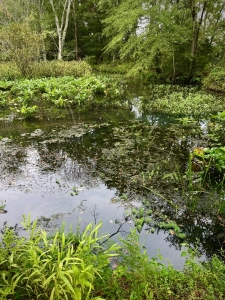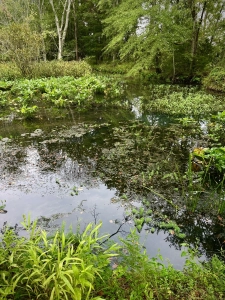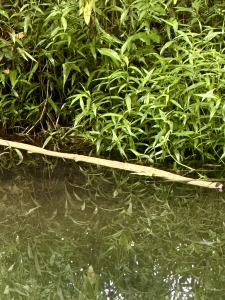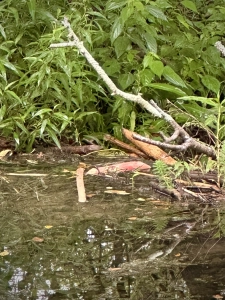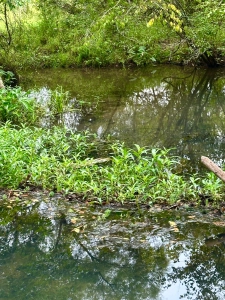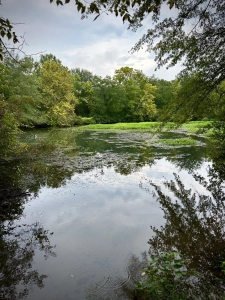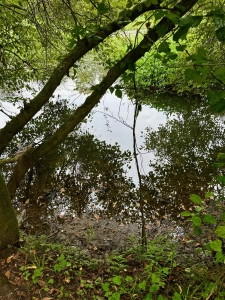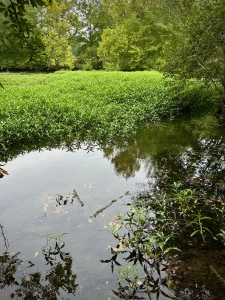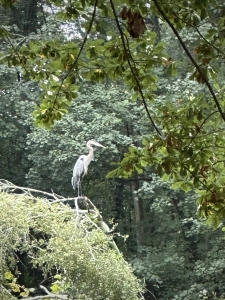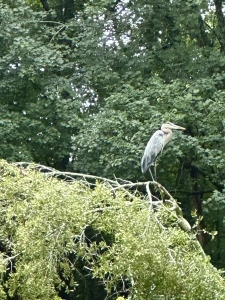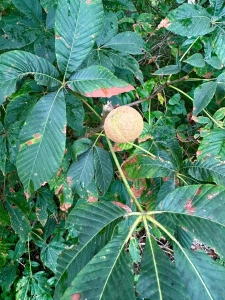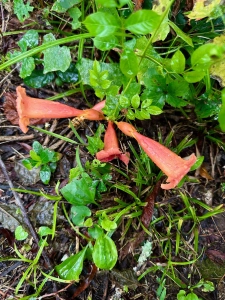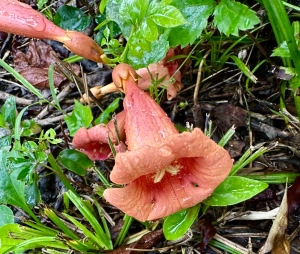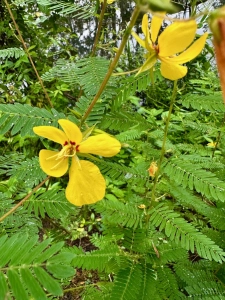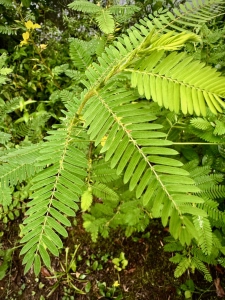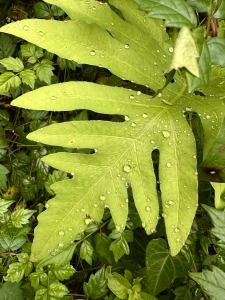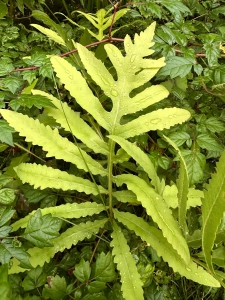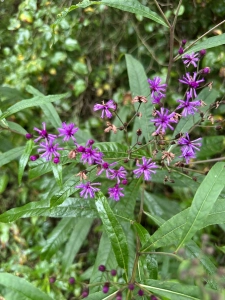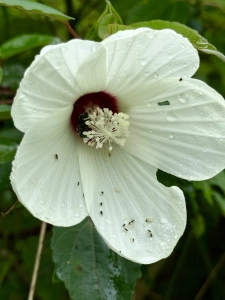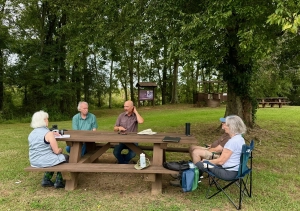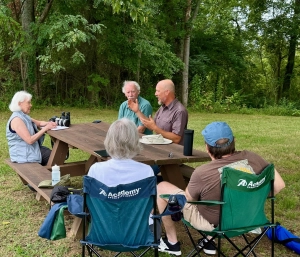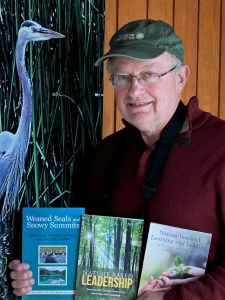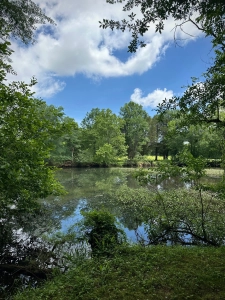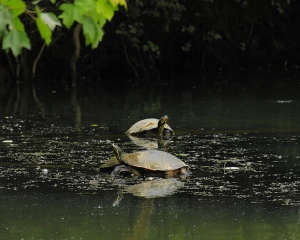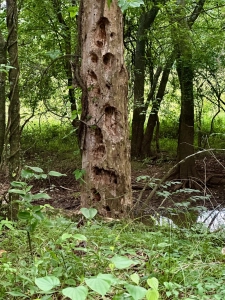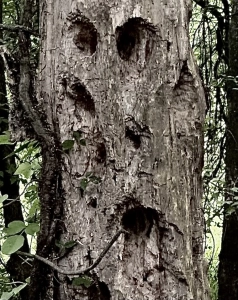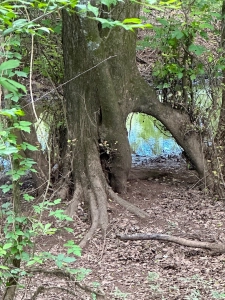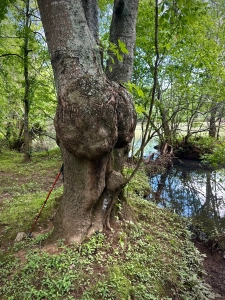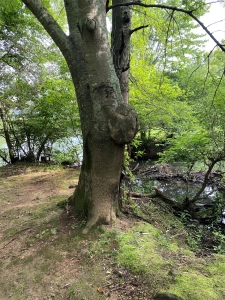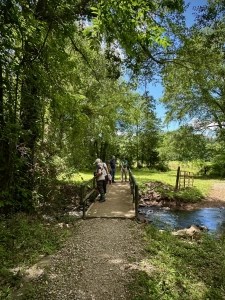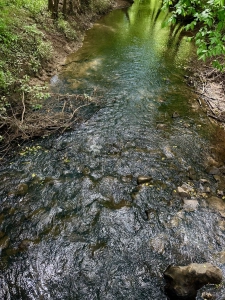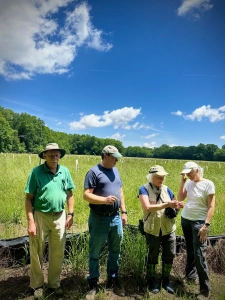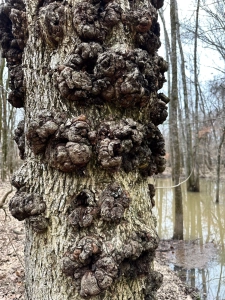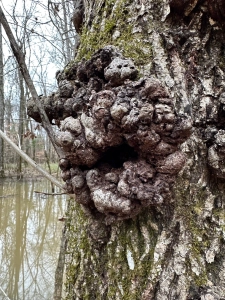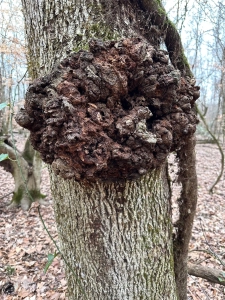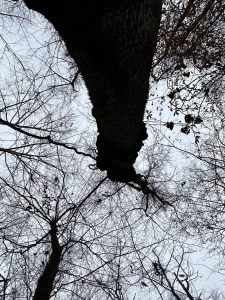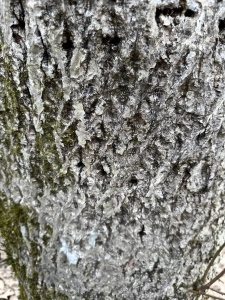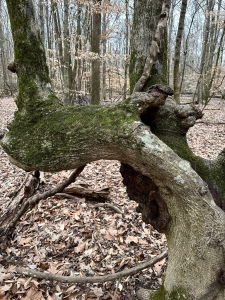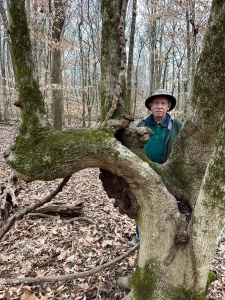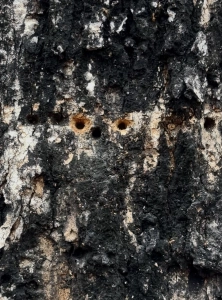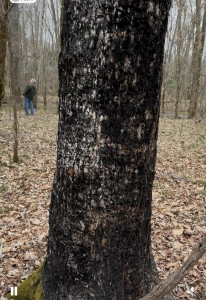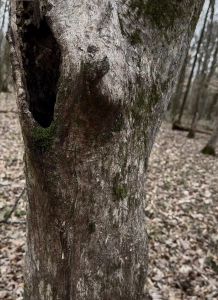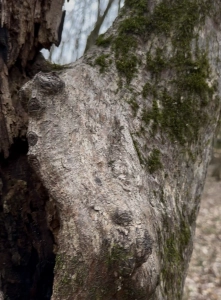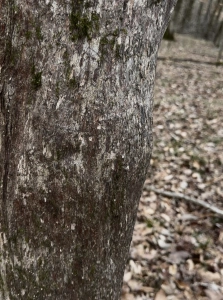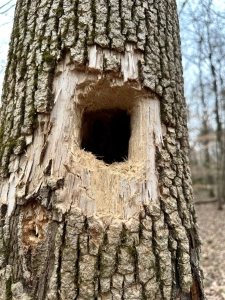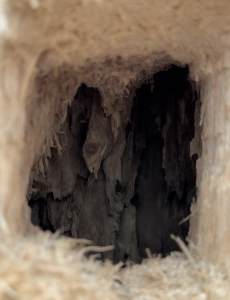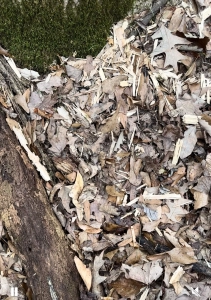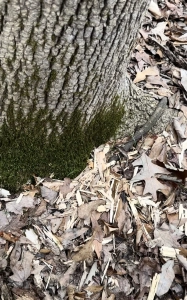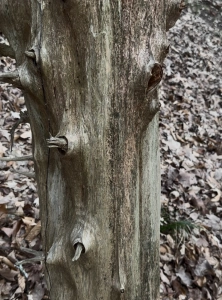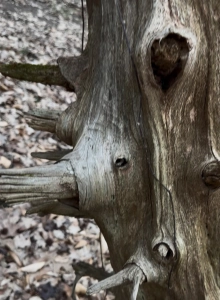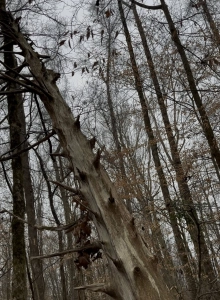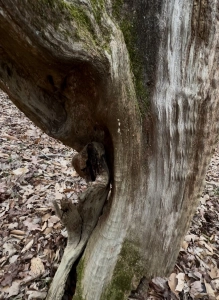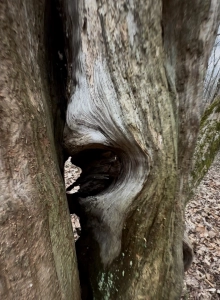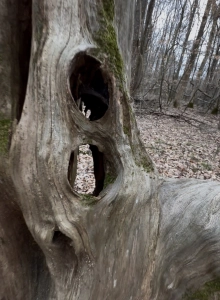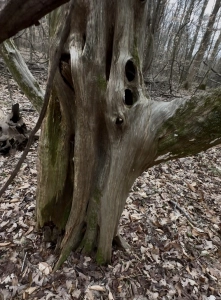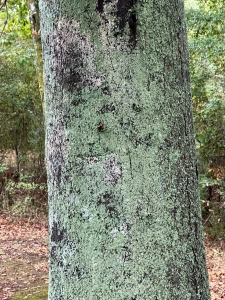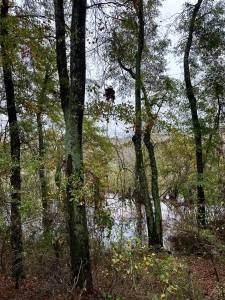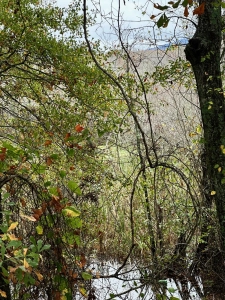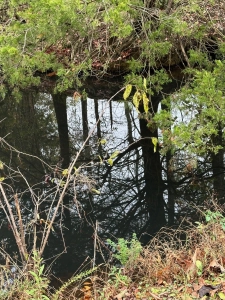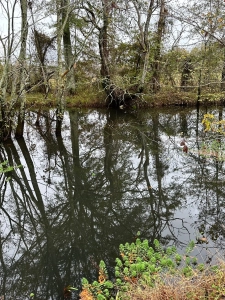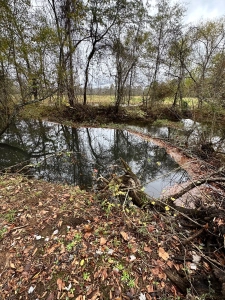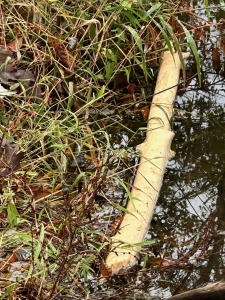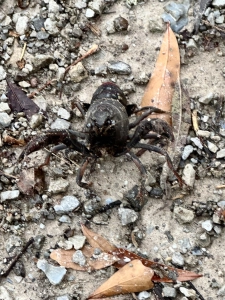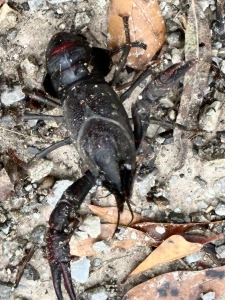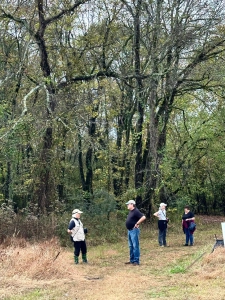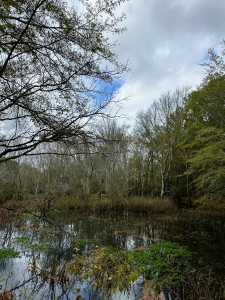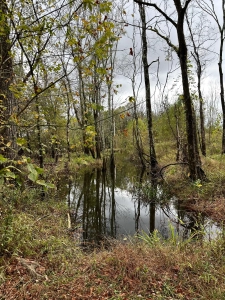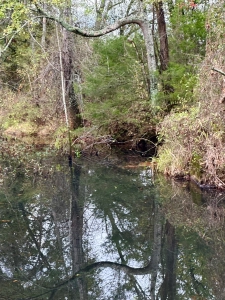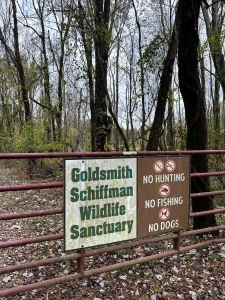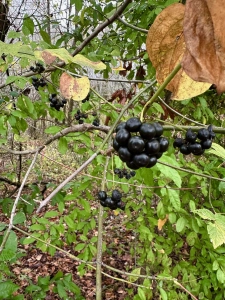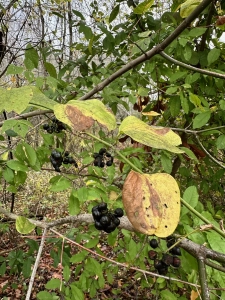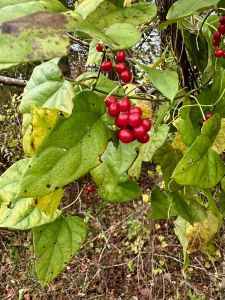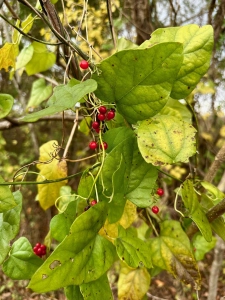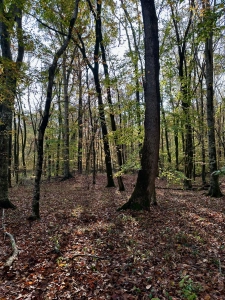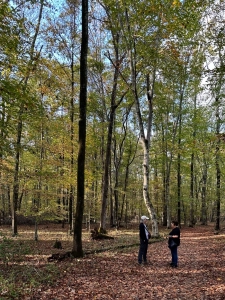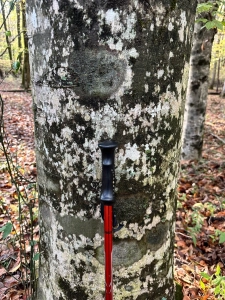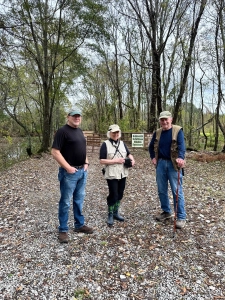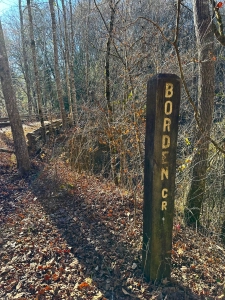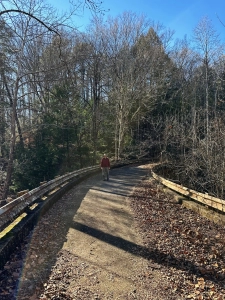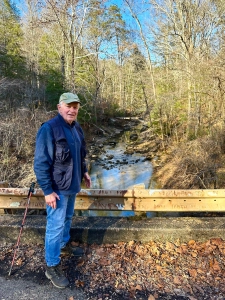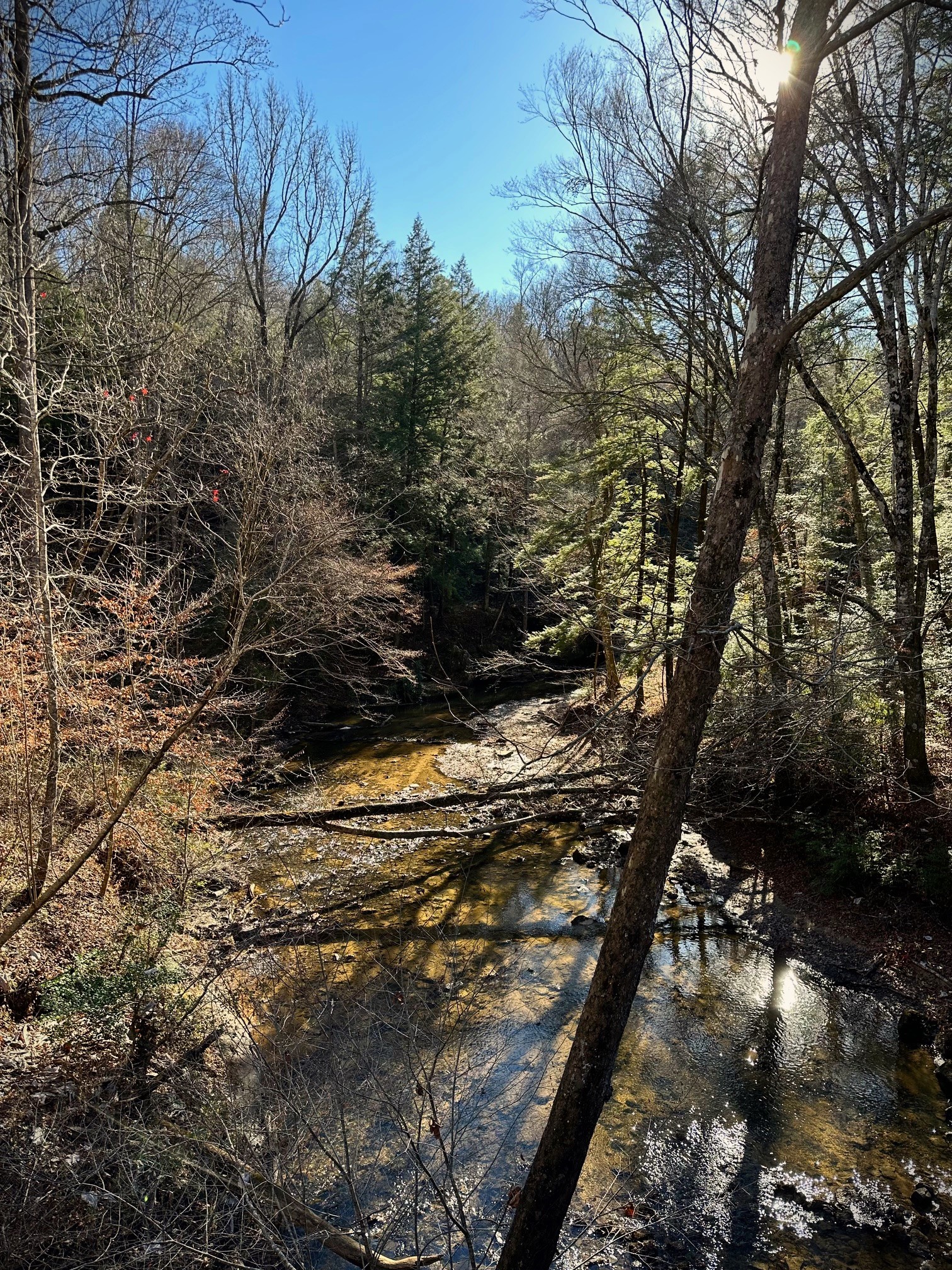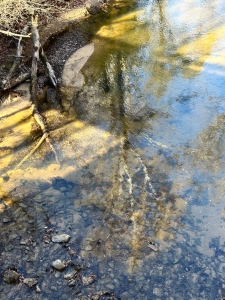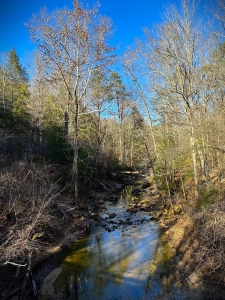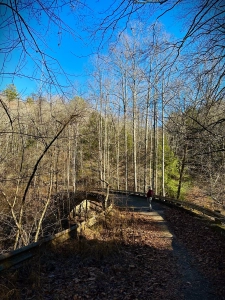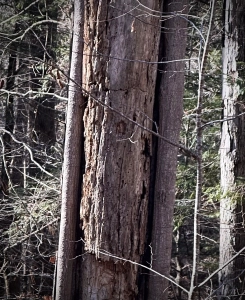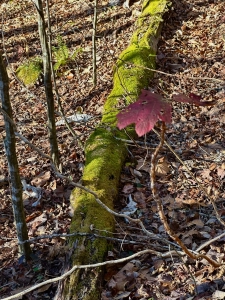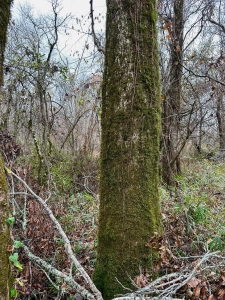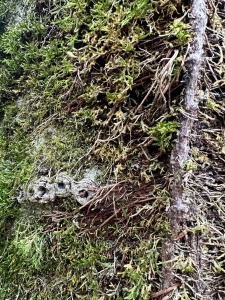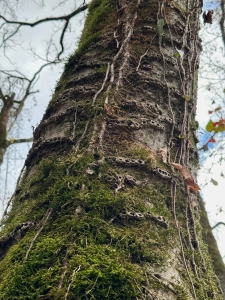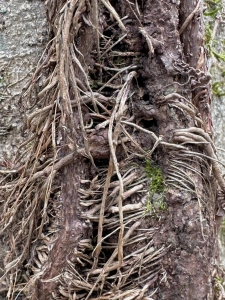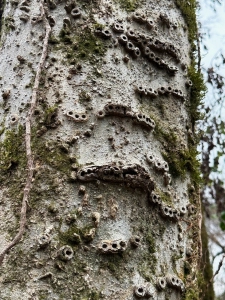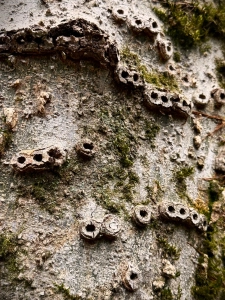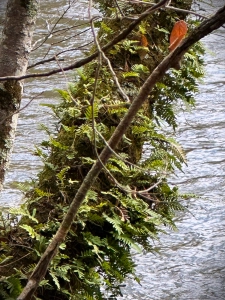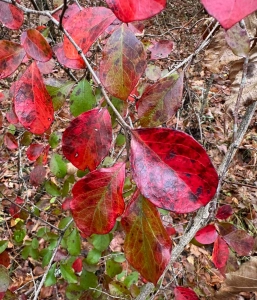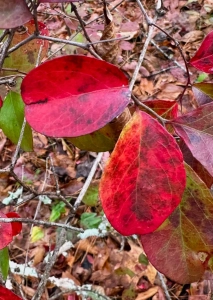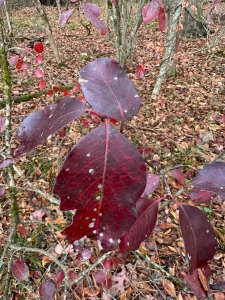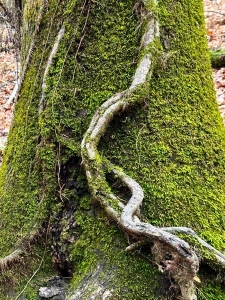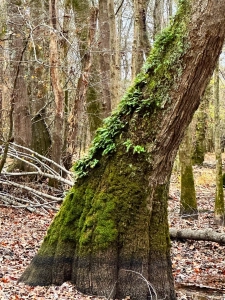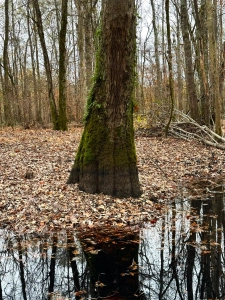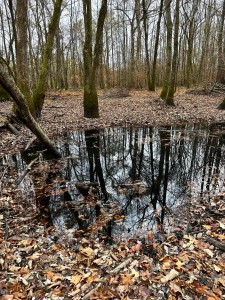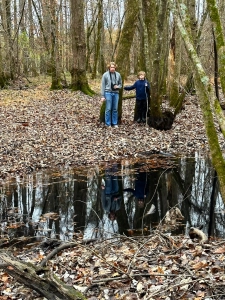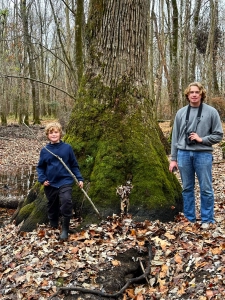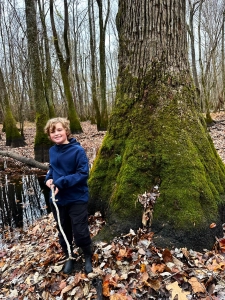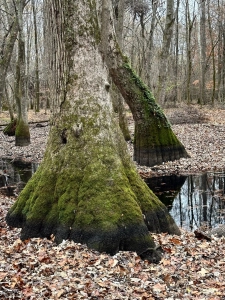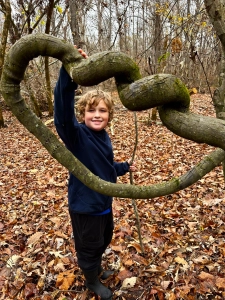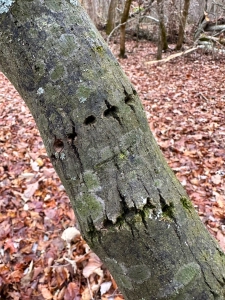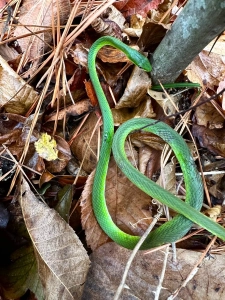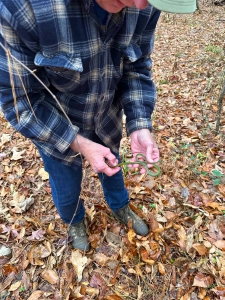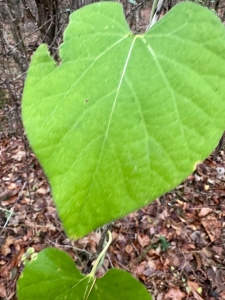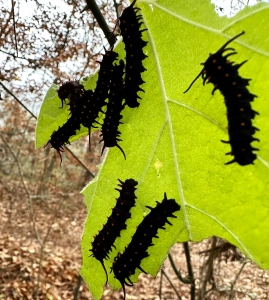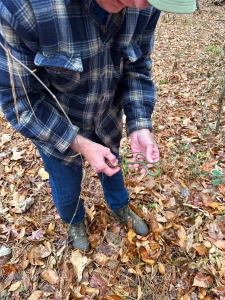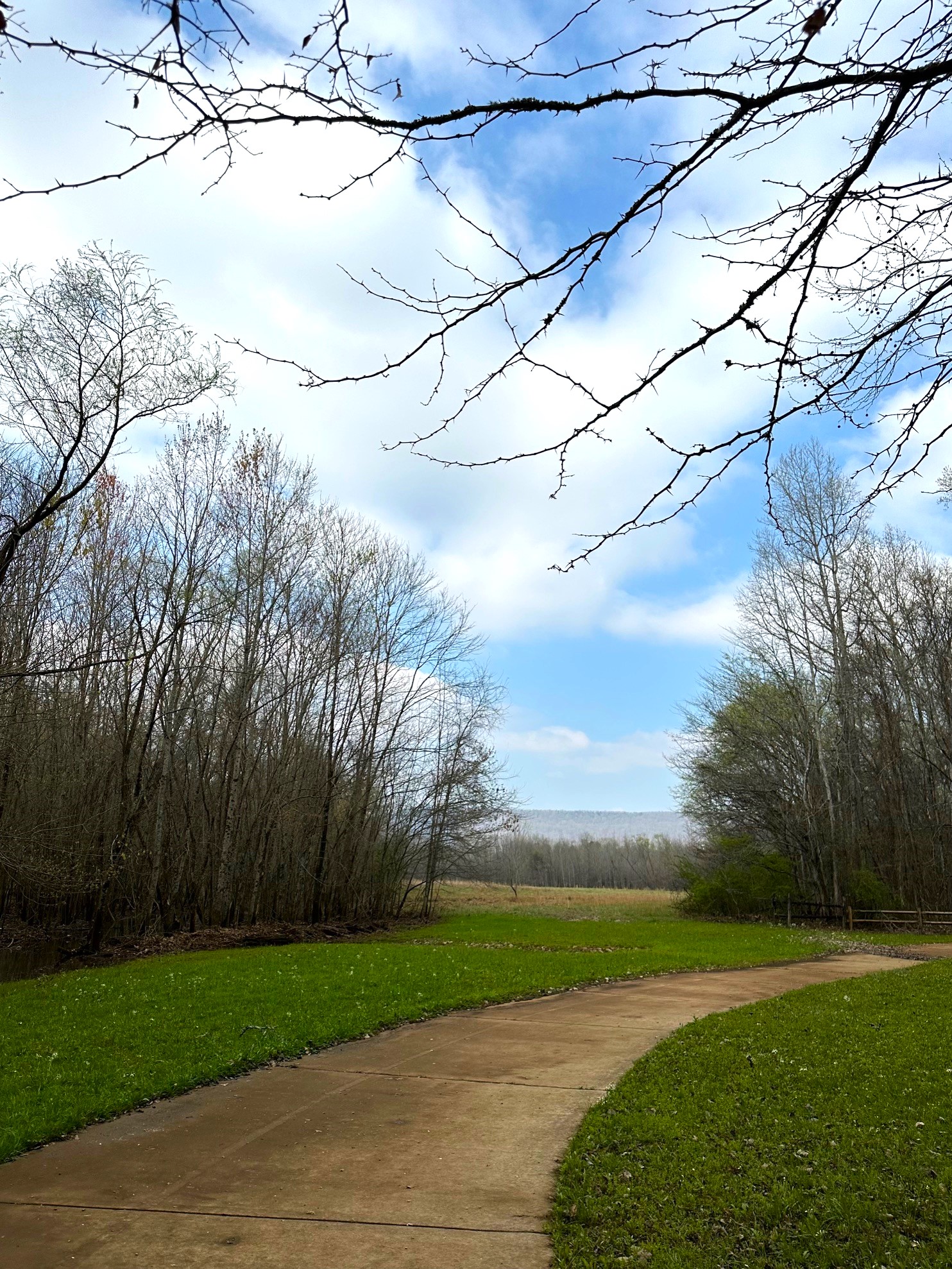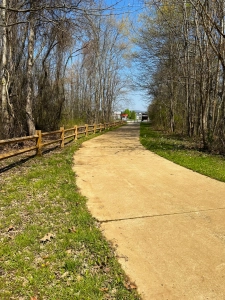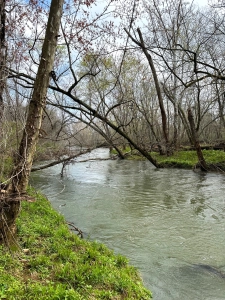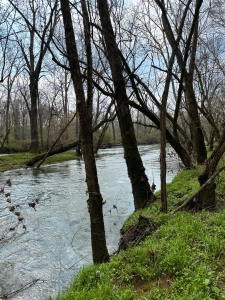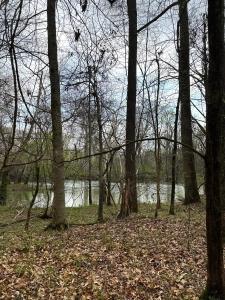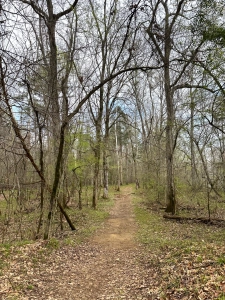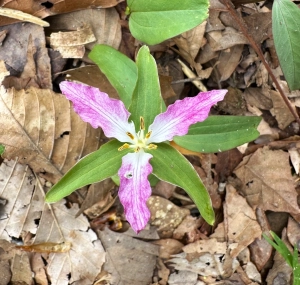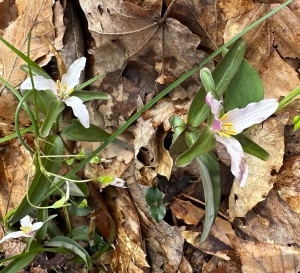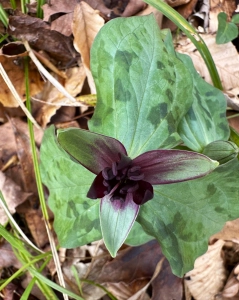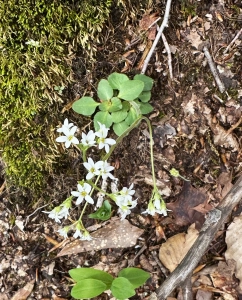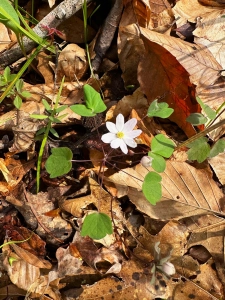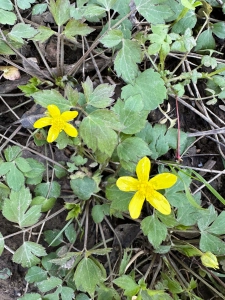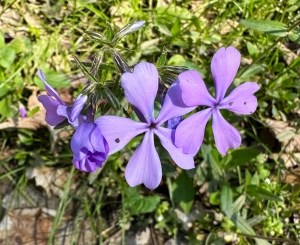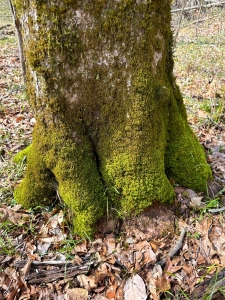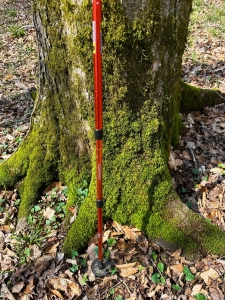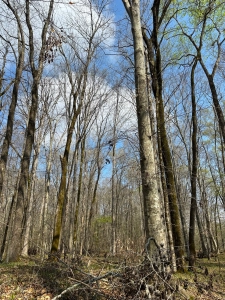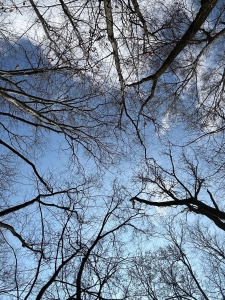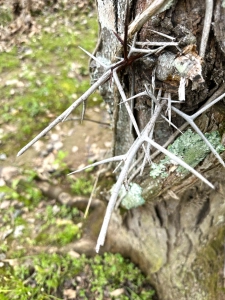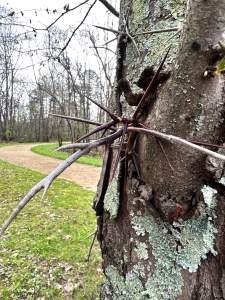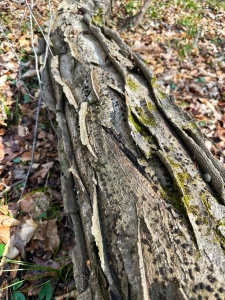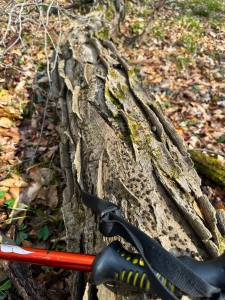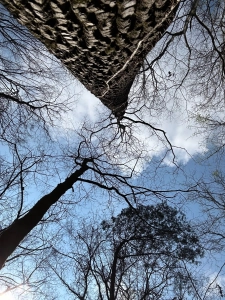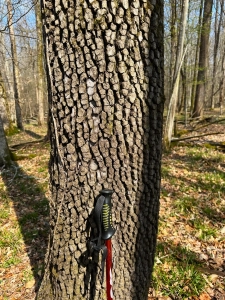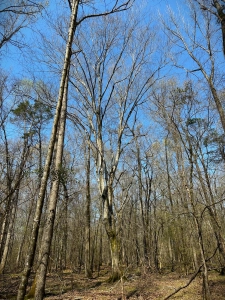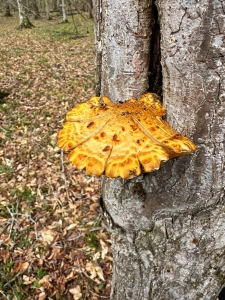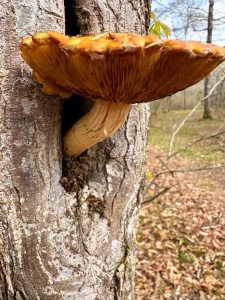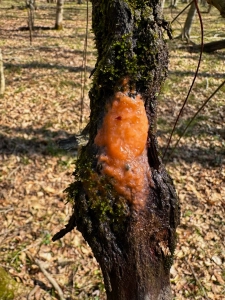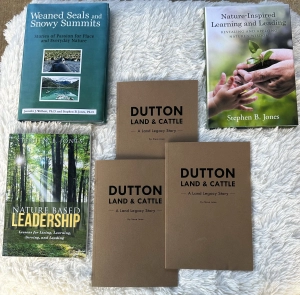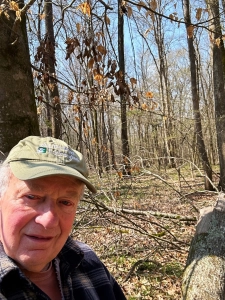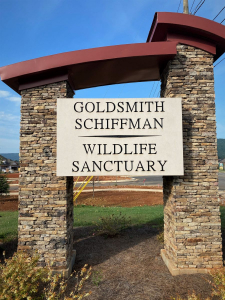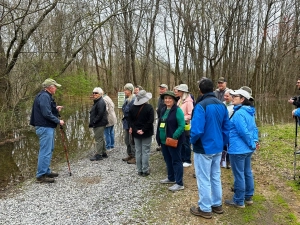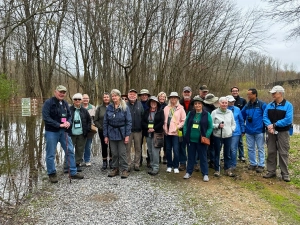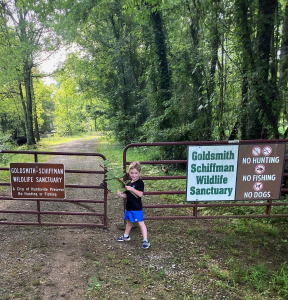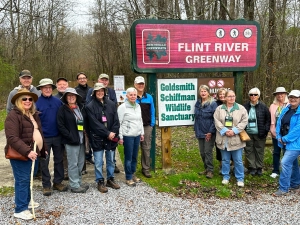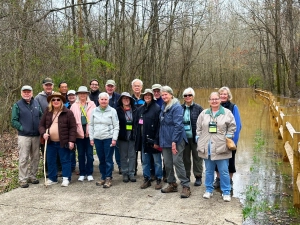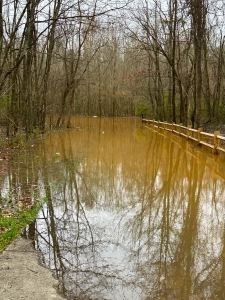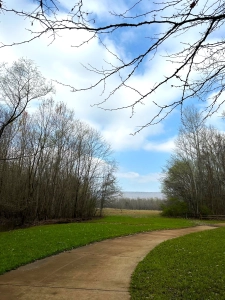Brief-Form Post #47: Strange Bearded Tupelo Trees — Air Root Mysteries and Curiosities!
I am pleased to add the 46th of my GBH Brief-Form Posts (Less than five minutes to read!) to my website. I get wordy with my routine Posts. I don’t want my enthusiasm for thoroughness and detail to discourage readers. So, I will occasionally publish these brief Posts.
I frequent forest wildness wherever my excursions take me, searching for the beauty, magic, mystery, wonder, and awe that lie hidden in plain sight. This Post derives from years of experience, study, and contemplation, inspired by some recent discoveries (August 15 and October 14, 2025). My focus is on two examples of specialized tree roots.
Adventitious Water Roots
I published a GBH Post on September 17, 2025, chronicling a mid-August visit to Huntsville, Alabama’s Goldsmith-Schiffman Wildlife Sanctuary (the Sanctuary), reporting:
We found a puzzling phenomenon, 100-feet from the shore and out of our reach, on the upstream section of Jobala Pond. Two clearly living red maple trees (Acer rubrum), standing in water, called out to us with a pinkish circumferential ring 2-4″ immediately above the water line. I magnified the image up to the limits of resolution clarity, showing the fibrous nature of the feature. I shared via social media, generating speculation. Chris and I agree with several persons who suggested that the trees, attempting to survive the saturated soil environment, sprouted air roots above the water for supplemental aeration.
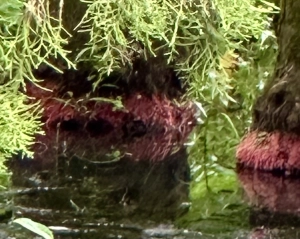
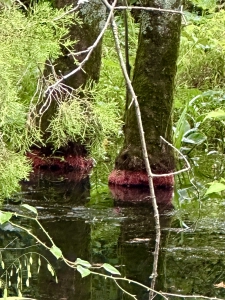
Niether of us, fellow retired forester Chris Stuhlinger and I, had previously seen such a curiosity. I scoured the literature and found no succinct explanation. Note: Scoured the literature may be a little overstated! I looked, but it wasn’t like I was preparing my doctoral Literature Review. Shall I say, nothing relevant jumped out at me.
Then, lo and behold, just two months later while solo-exploring the dry-season water tupelo swamp on the Sanctuary, a Eureka moment surged from among the mosquito-infested early autumn dampness!
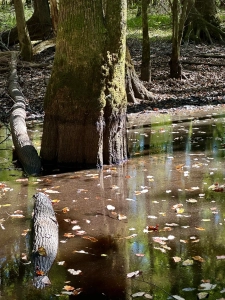
This three-foot diameter (dbh: diameter breast height) water tupelo, standing in persistent water in the dry-season swamp, evidenced that the winter water level reaches more than two feet higher. Although this stem stands out of my reach in my upland hiking boots, other nearby tupelos stood on dry season upland. And what a surprise to see a band of fibrous air roots ringing the high water marks.
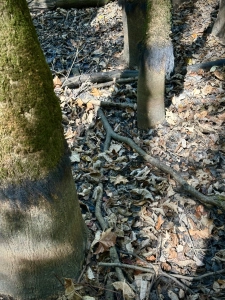
Perseverance does indeed reward the patient and persistent Nature enthusiast. I did not visit the swamp intent on discovering the phenomenon; I went only to seek what delights might be hidden in plain sight! Even the literature opened slightly to my focused stealth…inquiring specifically of water tupelo air roots. I found:
LENTICEL AND WATER ROOT DEVELOPMENT OF SWAMP
TUPELO UNDER VARIOUS FLOODING CONDITIONS
DONALD. HOOK, CLAUD L. BROWN, AND PAUL P. KORMANIK
Forest Service, USDA, Southeastern Forest Experiment Station, Athens, Georgia 30601; School of Forest Resources, University of Georgia, Athens, Georgia 30601; Southeastern Forest Experiment Station, Athens, Georgia 30601
Plant physiology is a is not a subject for the faint of heart, or well-suited to an old retired forest generalist. Suffice it for me to conclude:
- Experts confirmed the existence of such a phenomenon.
- The authors observed, Water roots developed primarily under continuous flooding in moving water, some apparently originating beneath the phellogen of a lenticel and others within the phellogen or its derivatives.
- Chris and I correctly explained the curiosity we observed two months prior on the red maple trees standing in water at the edge of Jobala Pond.
I discovered another facet of delight. Dr. Paul Kormanik, the third listed author, was an acquaintance during my forest industry research period (1975-79), a half-century ago.
Leonardo da Vinci relied on observation and experience to inform reason. He would have applauded Chris and me:
- Wisdom is the daughter of experience.
- Although nature commences with reason and ends in experience it is necessary for us to do the opposite, that is to commence with experience and from this to proceed to investigate the reason.
I recorded this 59-second video of what I termed incredible adventitious air root beards.
I loved the incredible adventitious root beards! Shall we call these trees the old men of the Tupelo Swamp? I plan to revisit when winter rains fill the sloughs.
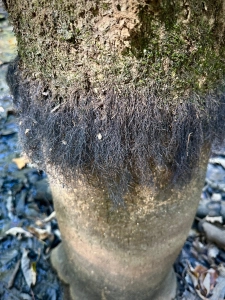
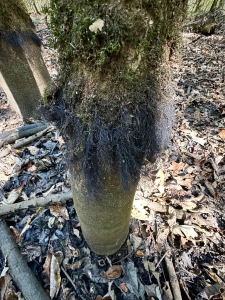
Another Variety of Air Roots
Muscadine grape vines drape the bottomland forest at GSWS. I photographed these curtains of air roots south of the tupelo swamp. I’ve encountered the phenomenon in other wetland hardwood forests across northern Alabama. I presumed their purpose was to reach the ground (as these do), take root vegetatively, and provide propagation of their genotype. Now I am less than certain.
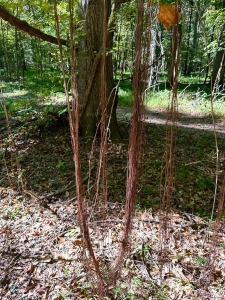
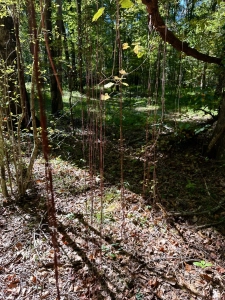
Once again, my uncertainty spurred additional literature scouring, if you will. A Mississippi State University Cooperative Extension on-line bulletin amplified my uncertainty:
Aerial root formation in Vitis has been documented on different grape species; however, the driving forces behind the formation of adventitious roots are not well understood.
So, where does that lead me? I have yet to document a case of the air roots sprouting regenerates when contacting the forest soil. I can suggest alternatively that thess drapes capture moist air condensation (swamp fog) to supplement aeration when soils are saturated. I pledge to continue observations and exploration, in the spirit of Albert Einstein:
I have no special talent. I am only passionately curious.
One cannot help but be in awe when [one] contemplates the mysteries of eternity, of life, of the marvelous structure of reality.
In my realm of forest Nature exploration, I conclude: The more I learn, the less I know!
Closing
I accept the challenge of distilling these Brief-Form Posts into a single distinct reflection, a task far more elusive than assembling a dozen pithy statements.
I cannot offer a quote more poignantly apropos than Albert Einstein’s:
One cannot help but be in awe when [one] contemplates the mysteries of eternity, of life, of the marvelous structure of reality.
I add my own bullet of Nature wisdom:
The more I learn, the less I know! (Steve Jones)
Nature’s special treats await our discovery, our understanding, and our interpretation!
Subscribe to my free weekly photo essays (like this one) at: http://eepurl.com/cKLJdL

